The Eisner Era
It just so happens that right as plans for a Universal Studios Florida started to get rolling, a new CEO stepped into the top spot at Walt Disney Productions.
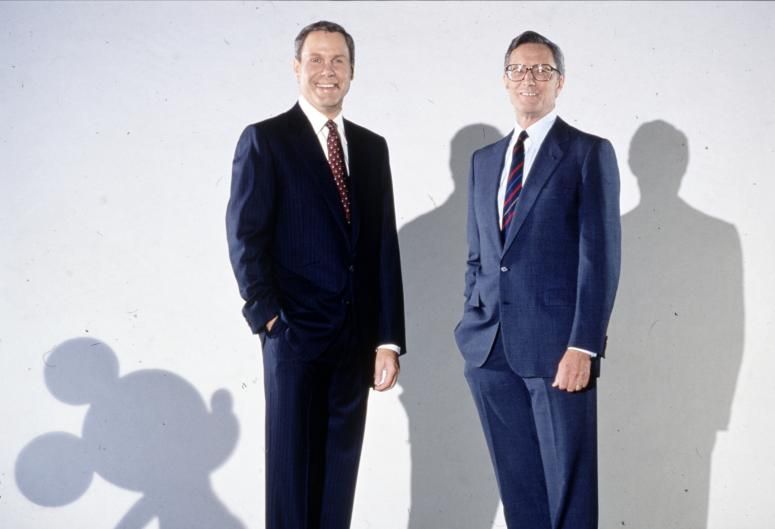
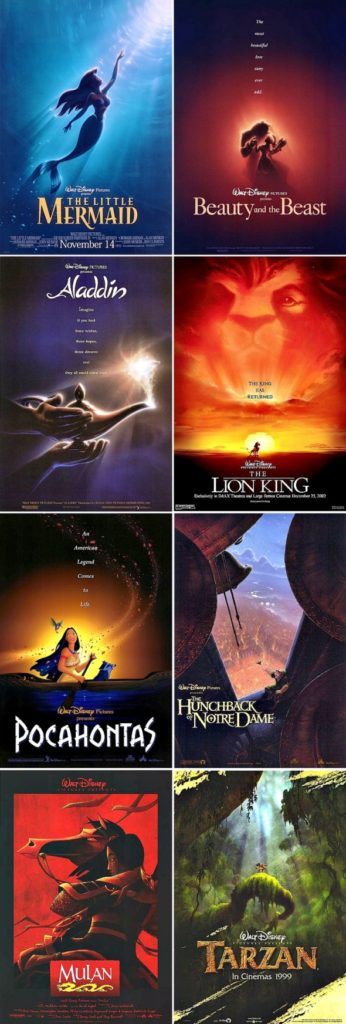
Michael Eisner was hand-selected by Roy O. Disney – Walt’s nephew – to take over Walt Disney Productions after a period of stagnation, uncertainty, and fear during the ‘70s and ‘80s. See, Disney was the rare company whose vision and identity emanated almost entirely from its well-known, well-liked, and brilliant founder, and when Walt Disney passed away in 1966, there was legitimate worry that that might be the end. What was Walt Disney Productions without Walt Disney? And even those inside the studio seemed to falter.
Without Walt, the Studio went into decline. Disney famously hit a dry spell, going most of the ‘70s without a legitimate studio hit as both live action and animated features tanked and the theme parks stagnated. Disney’s brand was decimated, and the company was this close to being the victim of a number of corporate takeovers that likely would’ve split and sold-off Disney’s assets.
Eisner was the guy to turn that around. Given that he’d been the CEO of Paramount Pictures, Eisner was the man to revitalize Disney’s animation, revive its live action studio, and use his industry expertise to forge new partnerships to give Disney’s sagging brand new swagger.
And boy did he, kicking off what’s today called the Disney Renaissance (when Disney had hit after hit after hit at the box office from The Little Mermaid, Aladdin, and Beauty and the Beast to Lion King, Pocahontas, and Mulan).
From the get-go, he instituted a new and unprecedented policy of using his cinematic résumé to make Disney’s theme parks into cool, hip places with the latest stars and hot movies – even if they weren’t Disney movies! – kicking off the agreement with George Lucas that led to Indiana Jones Adventure and Lost Legends: Captain EO, the ExtraTERRORestrial Alien Encounter, and STAR TOURS.
If movies could save Walt Disney Productions and fundamentally revive Disney’s theme parks, it may deserve its own pavilion in EPCOT Center’s Future World, elevated to the level of other American industries like transportation, energy, nutrition, ocean exploration, and health. Early plans for a filmmaking pavilion anchored by a single, epic, EPCOT-esque dark ride called Great Moments at the Movies (see the Passholder-exclusive concept art, above; positioning the pavilion between Imagination and The Land). But given rumblings of Universal’s move to Florida, Eisner’s ambition grew…
…Could it be that the storied history of film and the process of movie-making deserved its own, entire park?
Stolen
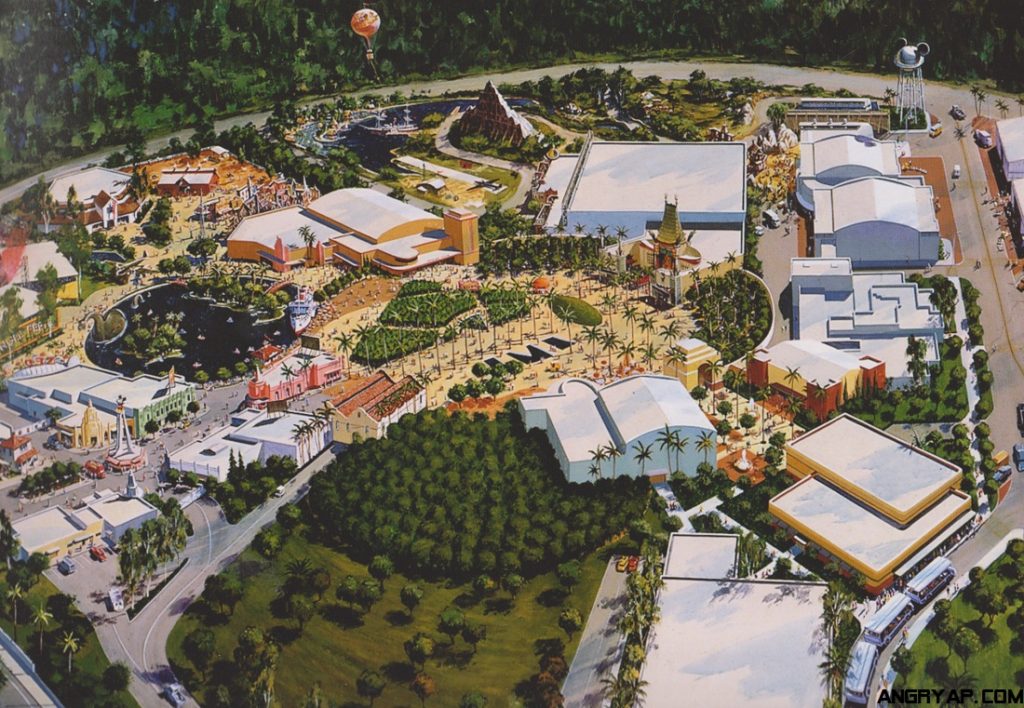
Insiders say it’s no coincidence that Eisner announced a movie-making park for Walt Disney World right about the time Universal announced their own Universal Studios Florida. As the CEO of Paramount, Eisner might have even been aware of their plans even before they’d been made public. And maybe – just maybe – Eisner had hoped that a Disney movie park would be the preemptive strike to cut Universal out of the Orlando market before they could even get a foothold.
But just in case they dared continue forward, Disney offered the deepest cut yet: the headlining attraction at the new Disney park in Florida would be – you guessed it – a multi-hour tram-guided tour through backlot facilities of Disney’s new, working “Hollywood East” studio facility and past staged demonstrations of special effects and disaster encounters.

Yes, Disney’s movie park had literally ripped the bread-and-butter of Universal’s century-old studio park and its famed Studio Tour to headline their own movie park.
(By the way, while Disney had doubtlessly hoped that their “borrowing” the concept would talk Universal out of a Floridian park entirely, it didn’t quite work. Universal’s designers went back to the drawing board and did something brilliant: they took the staged encounters made famous as pieces of Hollywood’s Studio Tour and split them out, turning each into its own full, standalone, built-out E-Ticket attraction… Today, remembered as Lost Legends: JAWS, Kongfrontation, and Earthquake: The Big One. Spoiler alert: Universal probably ended up with the stronger studio park because of it.)
Disney-MGM Studios
A movie park was a peculiar choice for Disney for a number of reasons. Scheduled for a 1989 opening, the park would practically open alongside the first film in Eisner’s Renaissance period. Put another way, “Disney” was certainly not a brand most people would equate with the rich history of Hollywood – neither antique nor modern – and wouldn’t seem very reputable in any attempt to celebrate either classic Tinseltown or current films.

Smartly, Eisner began negotiations with Metro-Goldwyn-Mayer. Like Disney, MGM was well past its prime, but unlike Disney, MGM was once been the largest, most glamorous, and most revered studio in Hollywood, besting Universal in grandeur. MGM was the brand that would lend reputable name recognition to Disney’s movie park, not to mention that MGM had among its libraries of classics many of the films needed to create an epic central dark ride for the new Disney-MGM Studios.
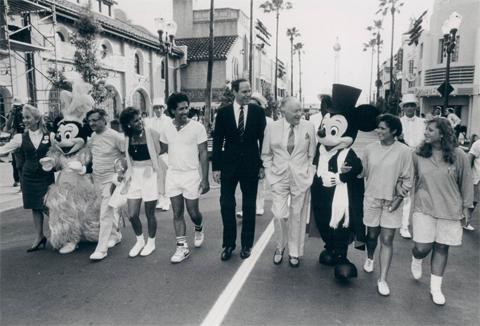
Though Universal’s park was announced first and broke ground first, it was Disney’s that managed to have the earlier 1989 opening day (thanks to its smaller size and the controversial Reedy Creek Development arrangement wherein Disney effectively signs its own building permits in Florida).
The miniscule park was an oddity even then: designed only for a half-day of exploration, the Disney-MGM Studios was comprised of a convincingly “Disneyland”-style introduction (an idealized, romanticized, Golden Age recreation of Hollywood Blvd. ending in the castle-esque Chinese Theater and its headlining dark ride – the park’s Lost Legend: The Great Movie Ride) with almost all of the rest of the park’s footprint made of a much more industrial backlot of beige soundstages, trailers, and camera-ready facades supported by scaffolds.
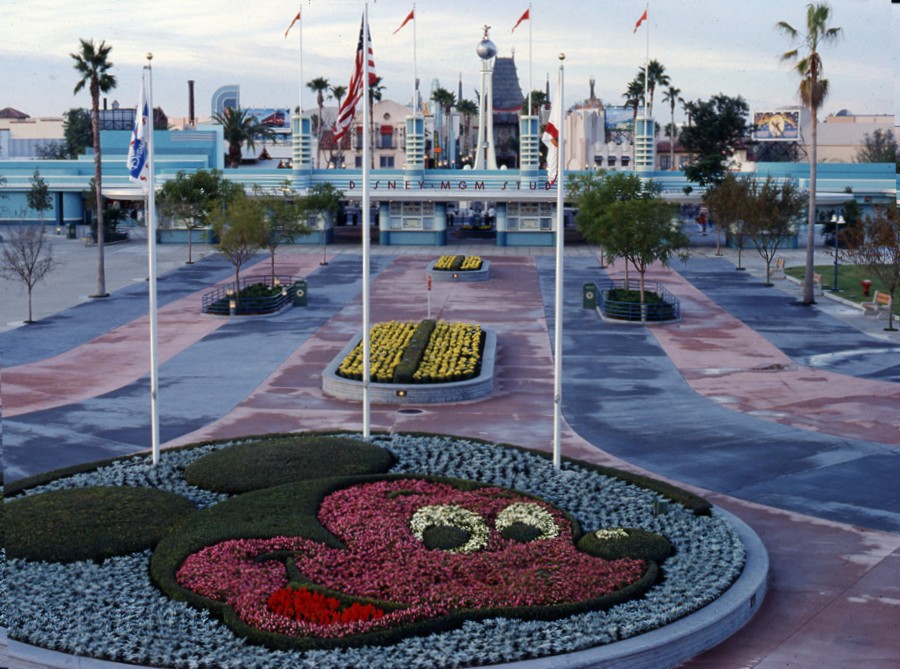
In the brochure, the Backstage Studio Tour through that actual, working movie studio that made up the park’s latter half was truly the attraction worth seeing. In reality, the attraction that created the Disney-MGM Studios ended up killing its concept. On the next page, we’ll take a ride through the Disney attraction that became a catastrophe in its own right. Read on…



